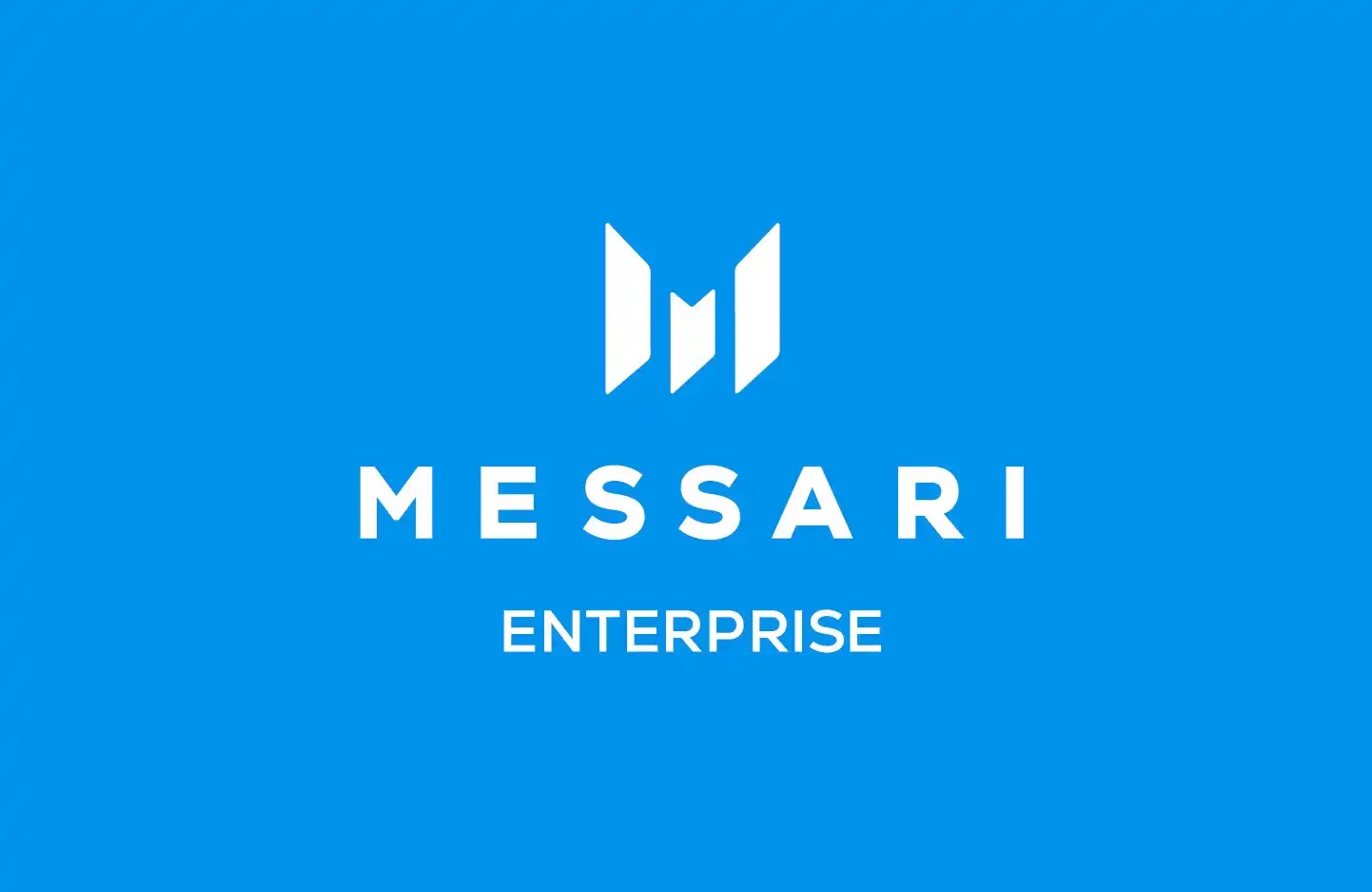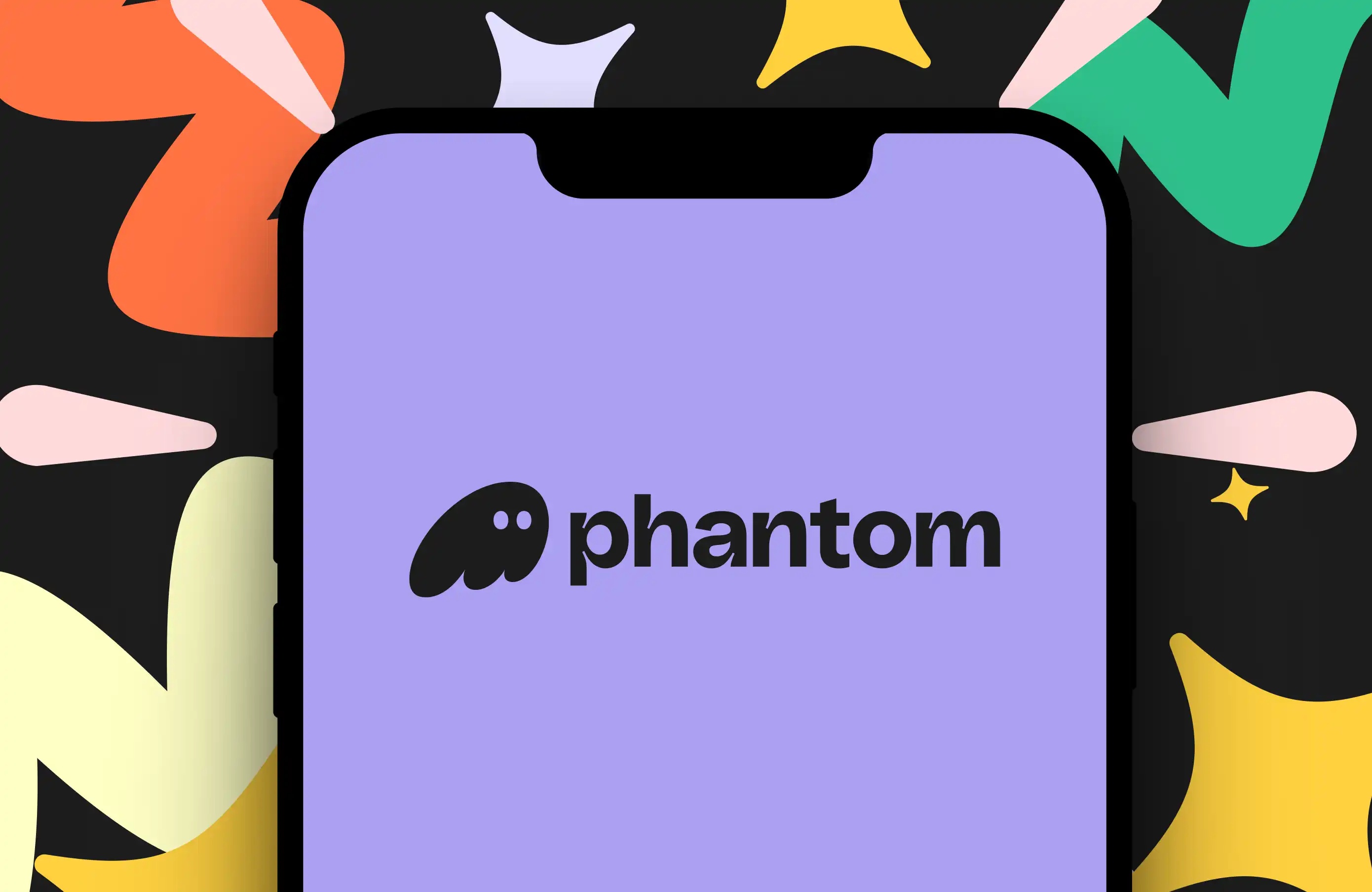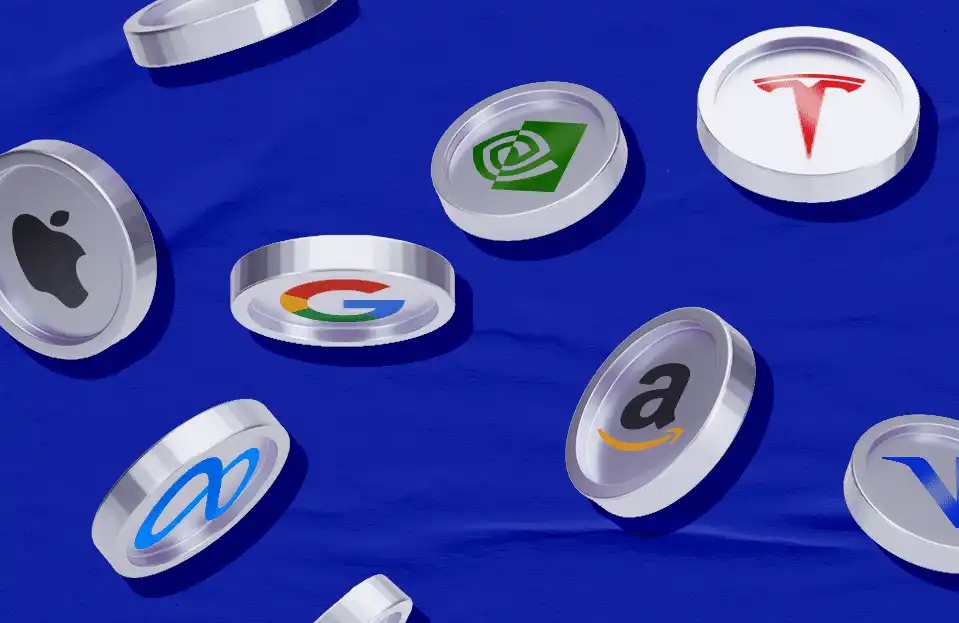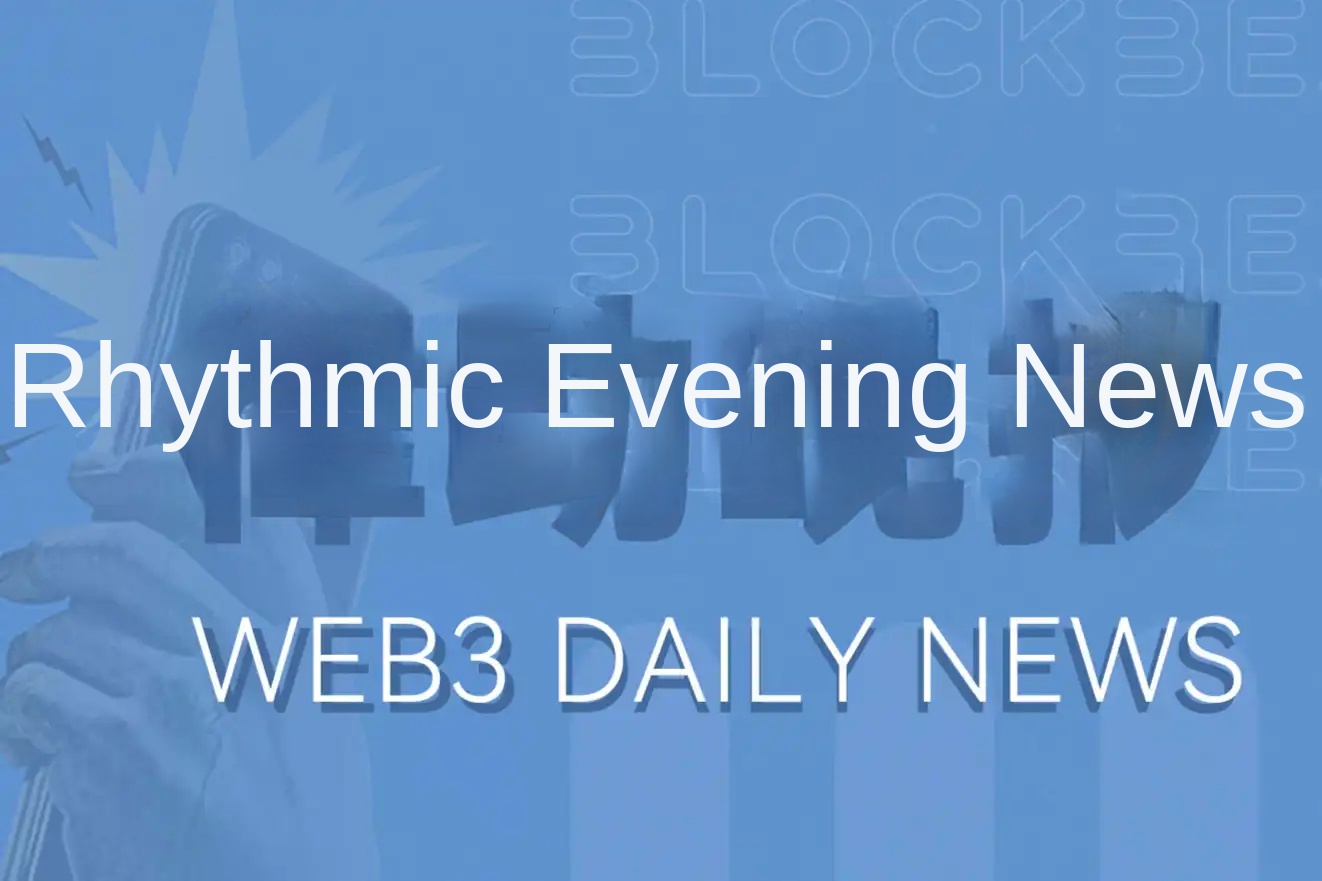Peter Thiel Quietly Backs BitMine, PayPal Mafia Godfather Bets on Ethereum
Original Title: "BitMine Stock Price Surges: Silicon Valley Venture Capitalist Father Peter Thiel Bets Big on Ethereum"
Original Author: Zz, ChainCatcher
In July 2025, a SEC filing rocked the crypto community: Peter Thiel's entity quietly acquired a 9.1% stake in BitMine Immersion Technologies, instantly becoming the largest investor in this Ethereum treasury. As the news broke, BitMine's stock price surged, hitting a peak of 29.3% intraday.
The X platform was buzzing: The PayPal Mafia godfather finally made a move on Ethereum. Has Peter Thiel shifted from Bitcoin? Is he looking to replicate MicroStrategy's playbook?
The market frenzy is not unfounded. Just a year ago, Peter Thiel was openly skeptical about Bitcoin: We already have ETFs, I don't know who else would buy in. With the institutional army already in play, who else can drive the next wave? From Bitcoin to heavily investing in Ethereum, what game is this Silicon Valley billionaire really playing?
The Ambition Behind Holding $1 Billion Worth of ETH
BitMine's ambition is crystal clear: to become the Ethereum version of MicroStrategy. On July 14, 2025, BitMine held $500 million worth of Ethereum (163,142 ETH). Three days later, this number doubled to $1 billion, 300,657 ETH. Even in the crypto world, this accumulation speed is considered crazy.
However, what Peter Thiel sees goes far beyond another corporate treasury. In 2023, a move by Founders Fund exposed his investment thesis: investing $200 million in Bitcoin and Ethereum, split evenly. This allocation itself is a signal that Ethereum is now on par with Bitcoin.
In addition to the heavy punch at BitMine, Peter Thiel's Ethereum ecosystem layout has long been quietly underway:
Trading Infrastructure: In 2021, invested in the Bullish exchange, where Peter Thiel serves as a senior advisor.
Compliance Infrastructure: In 2024, invested in Paxos (regulated stablecoin issuer), and in 2025, further invested in Ubyx, aiming to become the Visa of the stablecoin space.
DeFi Infrastructure: In June 2025, led the investment in Avantis, focusing on on-chain derivatives.
Layer-2 Scaling: Invested in Caldera. When mainnet gas fees are high, Layer-2 is the key to making DeFi truly usable.
Bitcoin is digital gold, and Ethereum is the new financial market. A person close to Founders Fund revealed that storing value by buying Bitcoin is sufficient. But to control the future financial infrastructure, you need Ethereum.
This assessment is well-founded. While Bitcoin was still debating store of value vs. medium of exchange, Ethereum had already become: the main battlefield of DeFi (with over $100 billion locked in value), the preferred platform for stablecoins (USDT, USDC mainly circulating on Ethereum), and the foundational layer for tokenizing RWAs (Real-World Assets).
More crucially, Ethereum can yield interest, which Bitcoin cannot do. BitMine's Ethereum treasury strategy precisely targets this, allowing assets to generate cash flow.
Peter Thiel's ambitions do not stop there: Bullish exchange secretly filed for an IPO (June 2025), supports the creation of Erebor Bank that will specifically serve crypto companies (plans to hold stablecoins), and wields industry influence through CoinDesk. The picture is clear: he is no longer content with just holding assets but aims to control the pipelines of asset flow.
The proportion of Ethereum ecosystem in Founders Fund's blockchain investment portfolio is also gradually increasing. If we say that the period from 2014 to 2022 was Peter Thiel's Bitcoin era, focusing on value storage and ideological narratives, then after 2023, he officially entered the Ethereum era, constructing practical and usable financial infrastructure.
Bitcoin won the ideological battle, but Ethereum will win practical applications. When central bank digital currencies, corporate stablecoins, and tokenized securities become a reality, they will all operate on Ethereum.
Peter Thiel diversified his holdings in BitMine across various entities, not just for investment but also in preparation for control. If BitMine becomes the largest holder of Ethereum in the corporate world, Peter Thiel effectively becomes the shadow central bank of the Ethereum ecosystem. From PayPal to Bitcoin, and now to Ethereum, Peter Thiel's financial empire dream has never changed; only the tools are constantly evolving.
Dominant Founders Fund Started Accumulating Bitcoin at $1000
When Bitcoin was still hovering around $1000, Founders Fund had already started accumulating. According to insiders, the initial investment amounted to tens of millions of dollars, making it quite aggressive among institutional investors at the time.
But Peter Thiel's ambition did not stop there. In 2013, he invested in Block.one (which later developed EOS). Although EOS ultimately failed to challenge Ethereum, this investment exposed his true intention: he was not after Bitcoin itself, but the next Bitcoin.
Even more intriguing is his strategic positioning:
Mining Side: The investment in BitMine in 2025 is just the latest move. Back in 2018, he participated in Layer1's funding round.
Trading Side: Prior to Bullish, he was also an early investor in Kraken. Compared to Coinbase's compliance route, Kraken maintains a more cypherpunk style, which is very Peter Thiel.
Infrastructure: In 2021, when everyone was chasing DeFi tokens, Founders Fund quietly invested in Voltage to provide infrastructure for the Bitcoin Lightning Network.
Peter Thiel's understanding of Bitcoin goes far beyond digital gold. In April 2021, during a conversation with former Secretary of State Pompeo, he brought up the viewpoint: Bitcoin might be China's financial weapon to undermine the US dollar.
The crypto world was in an uproar. Supporters called him a traitor, while opponents accused him of conspiracy theories. However, when placing this statement within Peter Thiel's overall ideological framework, the logic becomes clear: Bitcoin is not just an investment asset but also a tool of geopolitics. It can take the initiative in the new financial war.
Interestingly, just a year later, he changed his tune at a Bitcoin conference, describing it as a revolutionary weapon against the old guard of finance. He even listed his enemies: Buffett, BlackRock's Larry Fink, and JPMorgan's Jamie Dimon.
In the face of conservatives, he talks about national security. In the face of the crypto community, he talks about a revolution for freedom. The unchanged core goal is to propel a new order independent of the traditional financial system. This precisely showcases Peter Thiel's core trait: using narrative as a weapon.
His achievements are remarkable: he timely liquidated his holdings before the 2022 crypto winter, making a profit of $1.8 billion; in 2023, when Bitcoin dropped to $30,000, he made another move, buying $100 million. Textbook-level strategy of selling high and buying low.
Noteworthy detail: in July 2024, as the Bitcoin ETF was launched and institutional funds poured in, Peter Thiel publicly expressed uncertainty about a significant price surge from that point. A true weapon is never an ETF that everyone can access.
Behind all the setups lies the unfinished dream of currency
Looking into the Founders Fund's portfolio, a clear pattern emerges: they almost never invest in DApps, steer clear of GameFi, and only dabble lightly in NFTs. What truly interests them are: Layer 2 scaling solutions (Caldera), compliance infrastructure (Paxos), derivatives protocols (Avantis), and stablecoin networks (Ubyx). Protocols over products, this is Peter Thiel's creed.
Let's travel back to 1998 when 23-year-old Peter Thiel and Max Levchin founded PayPal. What was their initial vision? It wasn't just to create a payment tool but to establish a new form of currency.
Even before Bitcoin was born, Peter Thiel was contemplating how to disrupt the monetary system. In its early days, PayPal even developed a PalmPilot app for transferring digital cash via infrared. Ultimately, due to regulatory pressures, they had to pivot to a traditional payment company.
In 2002, eBay acquired PayPal for $1.5 billion. The first thing Peter Thiel did after cashing out was to establish Clarium Capital, systematically looking for the next opportunity in the currency revolution. He waited for 12 years.
In 2014, when Peter Thiel seriously researched Bitcoin for the first time, he didn't see electronic cash but PayPal's unfinished dream. We live in a world where Bitcoin is unregulated while atoms are regulated. In 2015, Peter Thiel summarized it this way. The implication was: in the digital world, you can build anything, including an entirely new financial system.
In "Zero to One," Peter Thiel repeatedly emphasizes: competition is for losers; monopoly brings excess profits. His experience at PayPal taught him: establishing a financial monopoly in the traditional world is nearly impossible. Regulation will suffocate you, and big banks will besiege you. Cryptocurrency changed the rules of the game.
How to Establish a Monopoly in a Decentralized World? The answer is: Control the most fundamental infrastructure. When everyone is building on Ethereum, owning Ethereum is equivalent to collecting rent. When all transactions require stablecoins, controlling the stablecoin protocol is equivalent to printing money. When regulation eventually arrives, owning a compliance license is equivalent to holding the golden ticket.
Peter Thiel even supported a key figure in this revolution. In 2014, his Peter Thiel Fellowship granted $100,000 to 19-year-old Vitalik Buterin, leading him to drop out of the University of Waterloo and focus full-time on developing Ethereum. In a sense, Peter Thiel not only invested in the infrastructure but also in the people building the infrastructure.
This explains why Peter Thiel has positioned himself in both Erebor Bank (traditional licensing) and DeFi protocols (decentralized finance). Whichever path the future takes, he emerges as a winner. The deeper reason may be that in his view, cryptocurrency is not PayPal 2.0 but the vision that PayPal should have been, a truly free global financial system not under any government's control.
Now, Peter Thiel's Crypto Empire Has Taken Shape
By 2025, Peter Thiel is no longer content being a passive holder. Through BitMine, Bullish, and Erebor, he is constructing a comprehensive crypto financial empire.
At this point, a question arises: why is Peter Thiel so aggressive when traditional financial giants are still on the sidelines? Perhaps the answer lies in his statement from 2015: We live in a world where bits are unregulated, but atoms are regulated.
For Peter Thiel, cryptocurrency is not just a financial revolution but also the ultimate tool to build an unregulated Bitworld. Now is the time to place his bets.
After all, as his friend, Tesla CEO Musk, has said: The best adventure is a calculated adventure. In this ultimate adventure of cryptocurrency, Peter Thiel's calculations are just beginning.
Welcome to join the official BlockBeats community:
Telegram Subscription Group: https://t.me/theblockbeats
Telegram Discussion Group: https://t.me/BlockBeats_App
Official Twitter Account: https://twitter.com/BlockBeatsAsia











